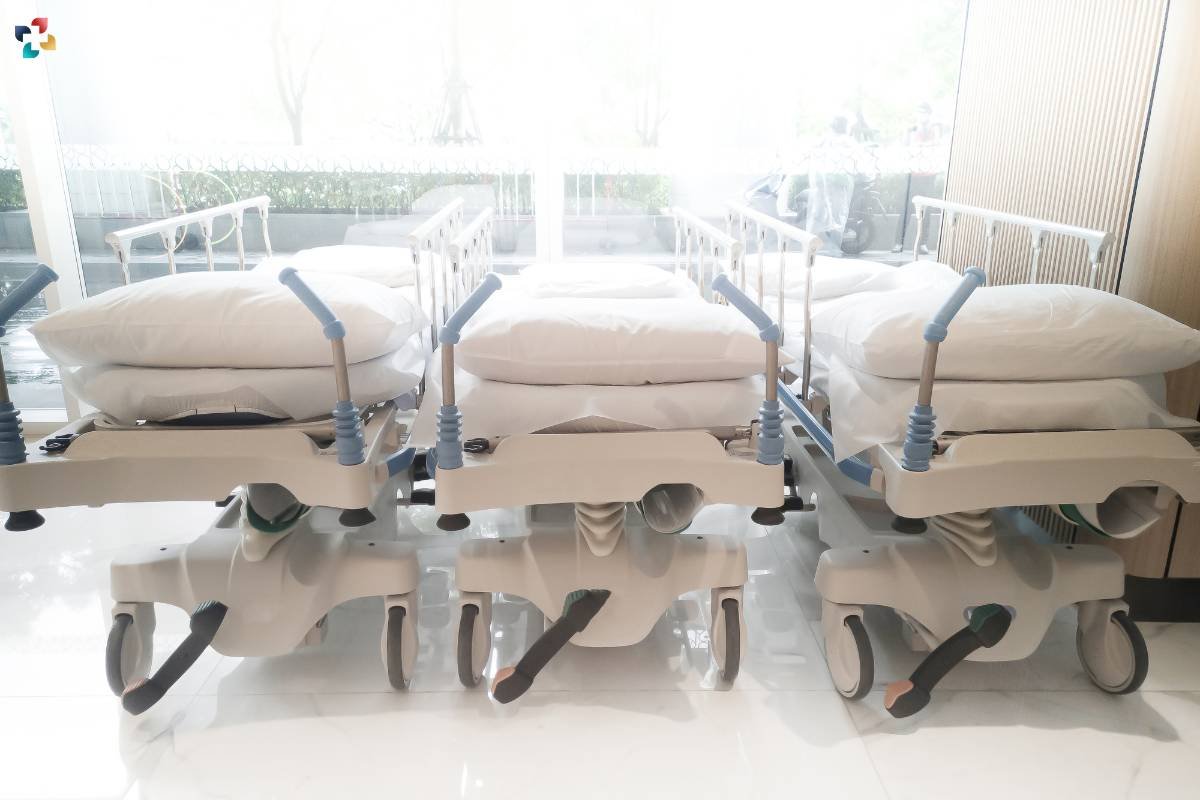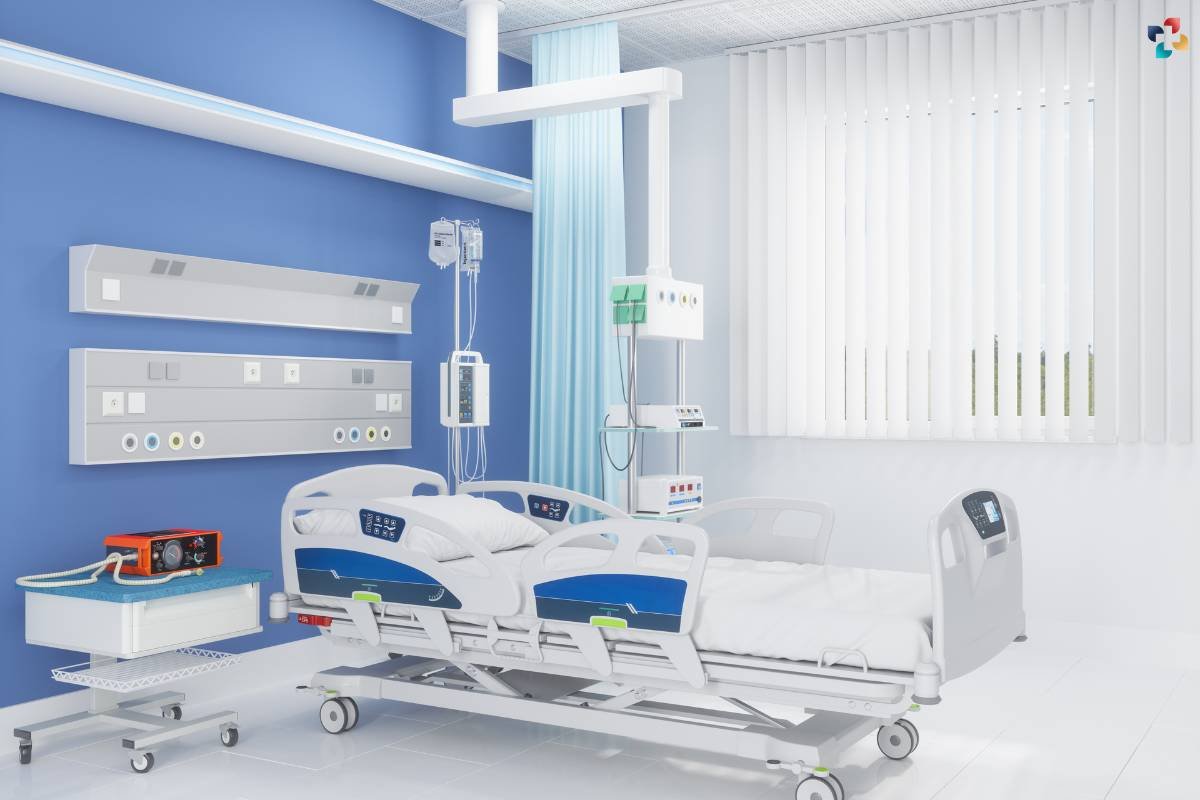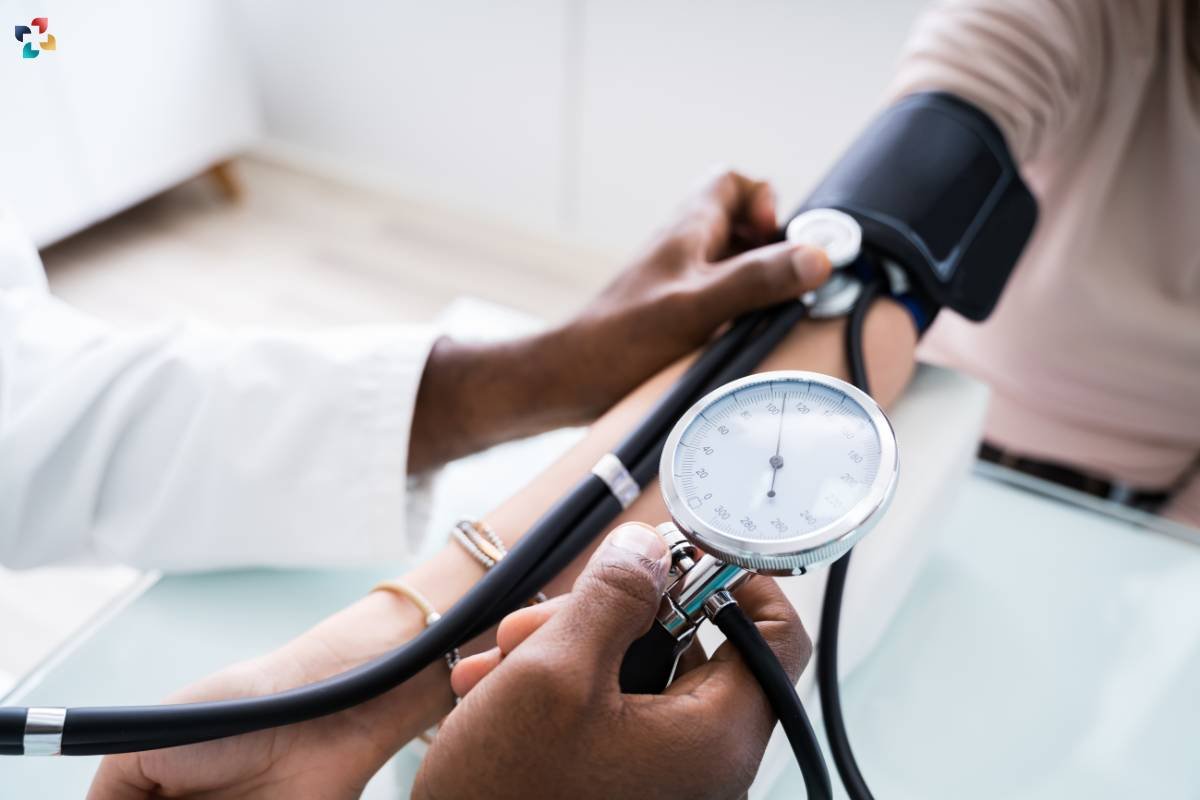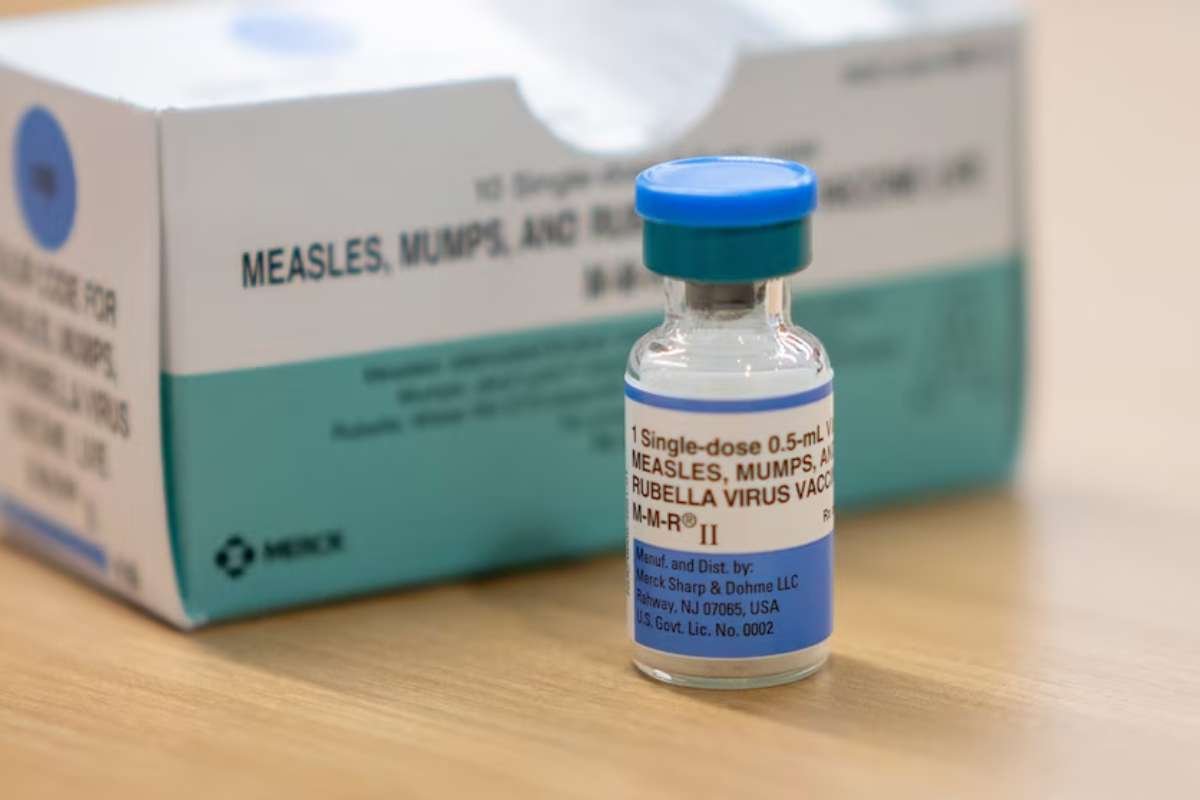Source-HealthLift NEMT of Arizona
In Medical transportation, every moment counts and every journey holds a story, the heartbeat of the operation lies in the critical gear that propels both caregivers and patients toward a destination of care and compassion. As a guide through the labyrinth of necessity and preparedness, we embark on a riveting exploration of the indispensable: the 10 must-have equipment pieces that transform a vehicle into a non-emergency medical transportation (NEMT). These are not mere tools, but the silent partners in every ride where every mile whispers a tale of resilience, hope, and commitment to healing.
Importance of Non-Emergency Medical Transportation
Non-Emergency Medical Transportation is like a superhero for people who can’t easily get to the doctor. It helps older adults, those with disabilities, and people with chronic illnesses who struggle with regular transportation. Here’s why it matters:
- Equal Access to Healthcare: NEMT ensures that everyone, no matter their physical challenges, can easily reach medical appointments.
- Preventive Care: It’s crucial for regular check-ups and treatments, preventing health issues from getting worse and reducing the need for emergency services.
- Efficiency in Healthcare: Non-emergency medical transportation makes medical appointments more reliable, reducing cancellations or delays and helping medical facilities run smoothly.
In simple words, NEMT is crucial to make sure everyone gets the healthcare they need, breaking down barriers and keeping communities healthier.
Here are the List Of 10 Essential Equipment for Non-Emergency Medical Transportation:
1. ECG Monitor and Defibrillator
The ECG monitor observes and records the patient’s vital signs during transportation, offering real-time insights into their cardiac activity. Meanwhile, the defibrillator functions as a life-saving device, stabilizing a heart in cardiac arrest or resuscitating a collapsed patient. Its role involves delivering controlled electrical shocks to restore normal cardiac rhythm. Ensuring immediate intervention and care for people facing critical medical emergencies during transit.
Application: Monitors vital signs during transportation.
2. Spinal Board
The spinal board is a vital ambulance tool that provides a means to immobilize and transport patients with suspected spine trauma. This equipment empowers first responders to lift and transfer patients safely during extrication or transportation. Its critical function lies in ensuring the secure and stable movement of individuals with potential spine injuries, enhancing overall safety and care in emergencies.
Application: Immobilizes and transports patients with suspected spine trauma.
3. Bed or Stretcher Equipment

Essential to non-emergency ambulance transportation, this equipment plays an important role in patient transportation and a seamless journey from hospital to home. The process involves utilizing either a wheelchair or stretcher, accommodating diverse patient needs. Specifically, for those with head or spinal injuries, additional support boards and collars are integral components. Underscoring the critical role this equipment plays in the safe and tailored transfer of individuals requiring non-emergency medical transport.
Application: Transfers patients to the hospital and home.
4. Transport Ventilators
Automated transportation involves the use of a mechanical ventilator when transferring a patient unable to breathe independently to a hospital. This device replaces manual ventilation techniques, providing a controlled and consistent airflow to support the patients with respiratory assistance. This approach ensures efficient and reliable respiratory care during transportation, enhancing the overall quality of medical support for individuals.
Application: Automated ventilation for patients unable to breathe independently.
5. Infusion Syringe Pumps
The infusion syringe pump is a crucial medical apparatus that can deliver or withdraw liquid into or from a patient’s body at a predetermined flow rate and volume. This specialized device ensures precise administration of fluids, allowing healthcare professionals to maintain control over medication dosage and fluid levels. It contributes to the accurate and personalized care of patients requiring intravenous therapies during medical transportation.
Application: Infuses or withdraws liquids at a set flow rate and volume.
6. Cot, Patient Shifting Rolls, and Ambulance Chair

Cots prove invaluable when a patient is located on an upper floor, immobile, or risks exacerbating their condition with movement. For patients with spinal injuries, specialized support boards and collars ensure secure transportation. Shifting rolls is essential for non-traumatized but mobility-challenged patients. Alternatively, the commonly used ambulance chair facilitates smooth transportation from a patient’s residence to the ambulance, addressing various mobility needs with comfort.
Application: Facilitates transportation, especially for patients in elevated places or with mobility challenges.
7. Nebulizer
A nebulizer transforms liquid medication into a mist, thus helping in inhalation by the patient en route to the hospital. It proves indispensable when immediate relief is essential, ensuring swift administration of medication. This specialized device enables efficient delivery of medication through inhalation. It offers rapid and targeted relief for patients with respiratory challenges during non-emergency medical transportation.
Application: Vaporizes liquid medication for immediate inhalation.
8. Oxygen Supply Units
Critical to ambulance equipment, oxygen supply units play a pivotal role in aiding various medical scenarios. They are instrumental in supporting fire victims, addressing respiratory issues like asthma, and rescuing collapsed patients. These units ensure a readily available and controlled supply of oxygen, enhancing the ability of emergency medical services to provide life-saving interventions during transport.
Application: Critical for patients with respiratory issues or in need of resuscitation.
9. Sphygmomanometer

The Sphygmo is a widely used blood pressure measurement device that features an inflatable cuff encircling the arm, connected to a mechanical manometer with a graded scale. By gradually inflating and releasing pressure in the cuff, it determines systolic and diastolic blood pressure. This device ensures precise blood pressure assessment, guiding necessary medical responses during emergencies.
Application: Measures blood pressure in emergencies.
10. Rescue Splints and Bandages
Commonly stocked in ambulances, rescue splints and bandages offer an effective and straightforward method to immobilize joints. These versatile splints come in various shapes and sizes, catering to the diverse needs of patients with fractured or sprained joints. Their presence ensures a quick and adaptable solution for immobilizing joints, contributing to immediate care during emergencies.
Application: Immobilizes joints effectively.
Conclusion
The critical gears used in NEMT are the silent narrators of tales of resilience and hope. In the pulsating heartbeat of medical transportation, every mile unfolds a story, and each piece of equipment becomes a guardian. NEMT is not just a mode of transport but a superhero for those unable to reach the healing touch of healthcare. The importance of non-emergency medical transportation lies in its role as an equalizer, breaking barriers for older adults, those with disabilities, and battling chronic illnesses. They are a harmonious blend of technological marvels and tools. Together, these gears showcase a seamless ballet of healthcare. Ensuring that every patient regardless of their challenges, is held in the arms of compassion during non-emergency medical transportation. The echoes of resilience and the promise that every mile traveled in NEMT is a step toward a healthier and more compassionate world.







